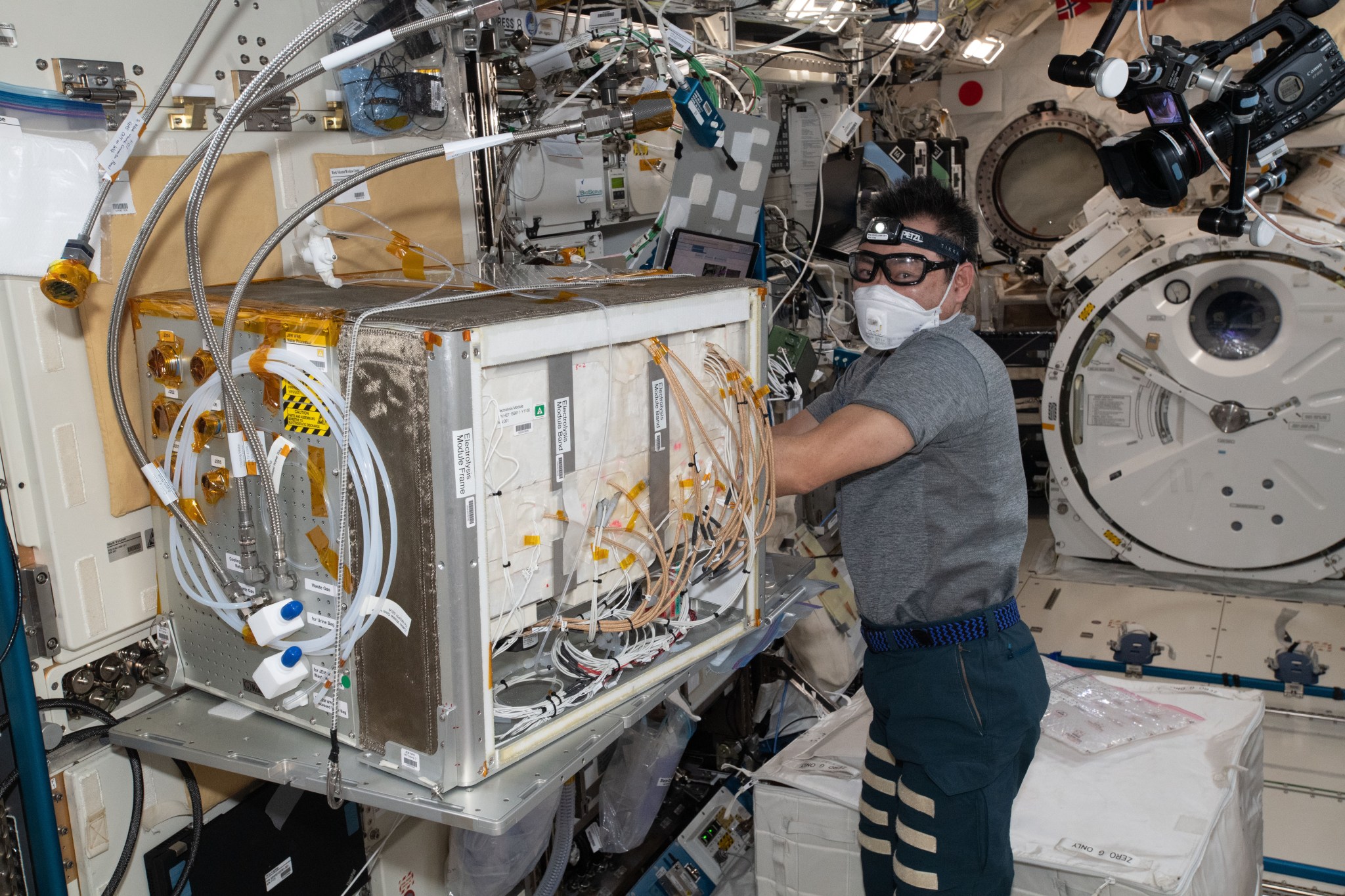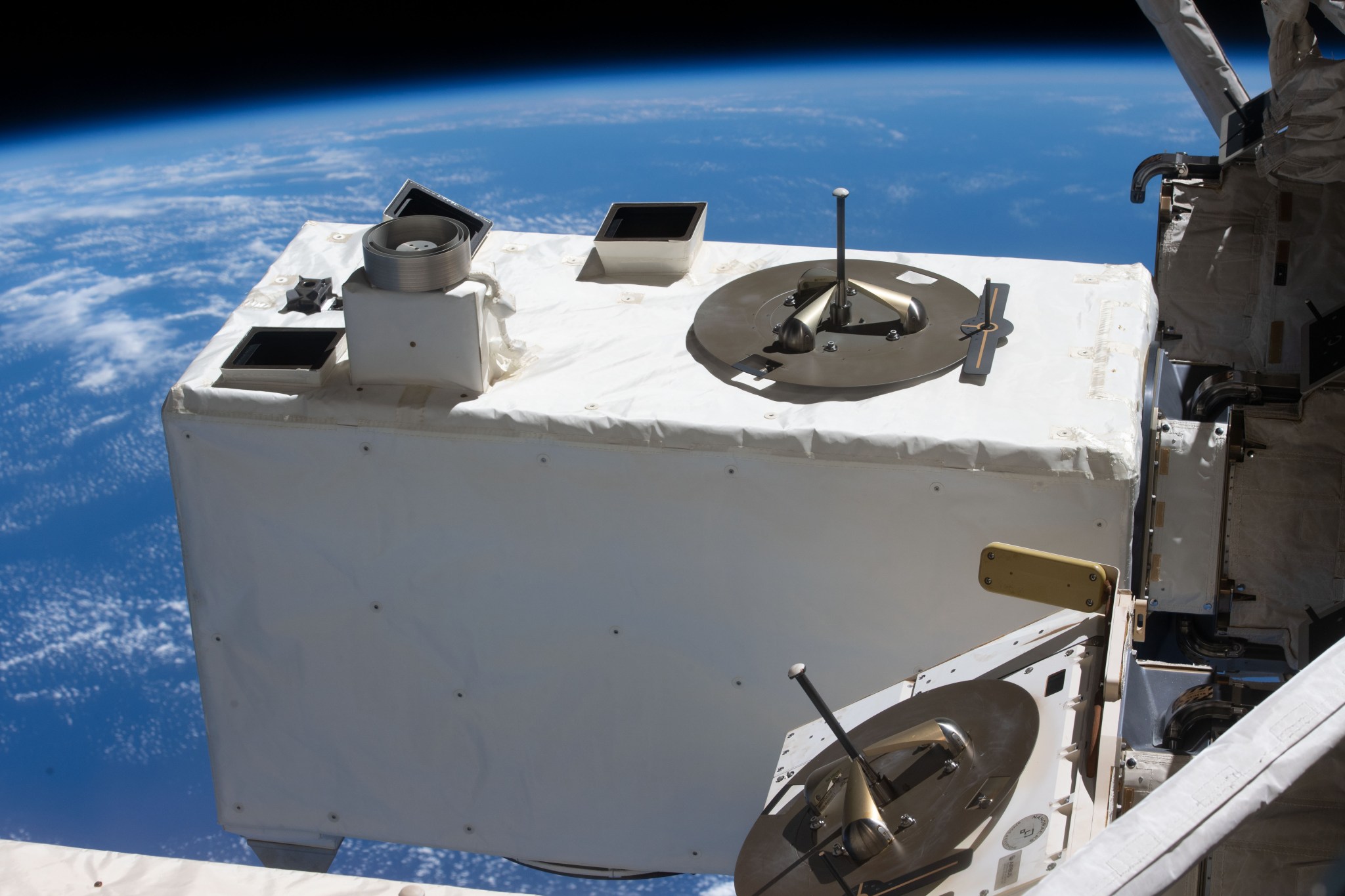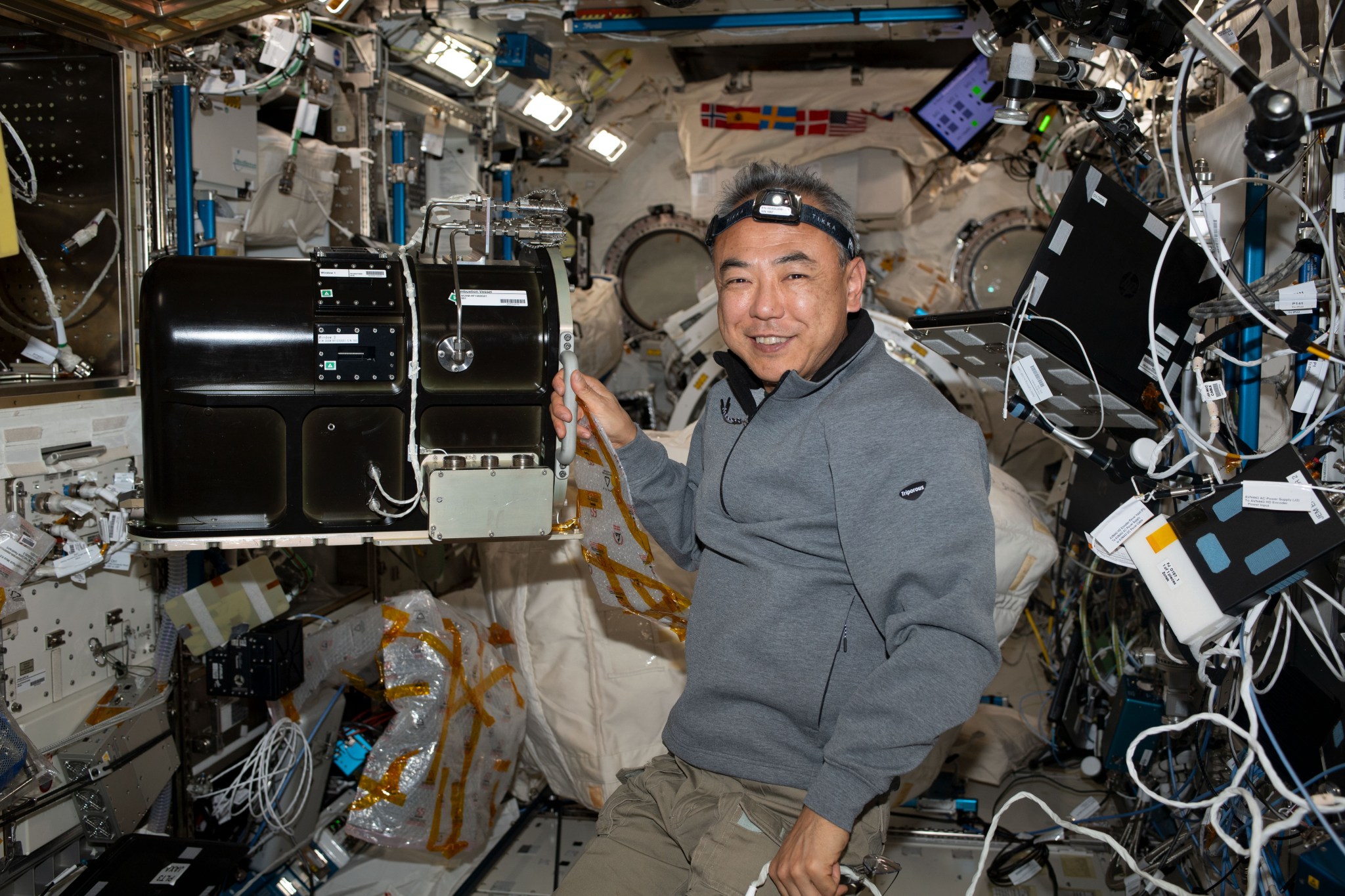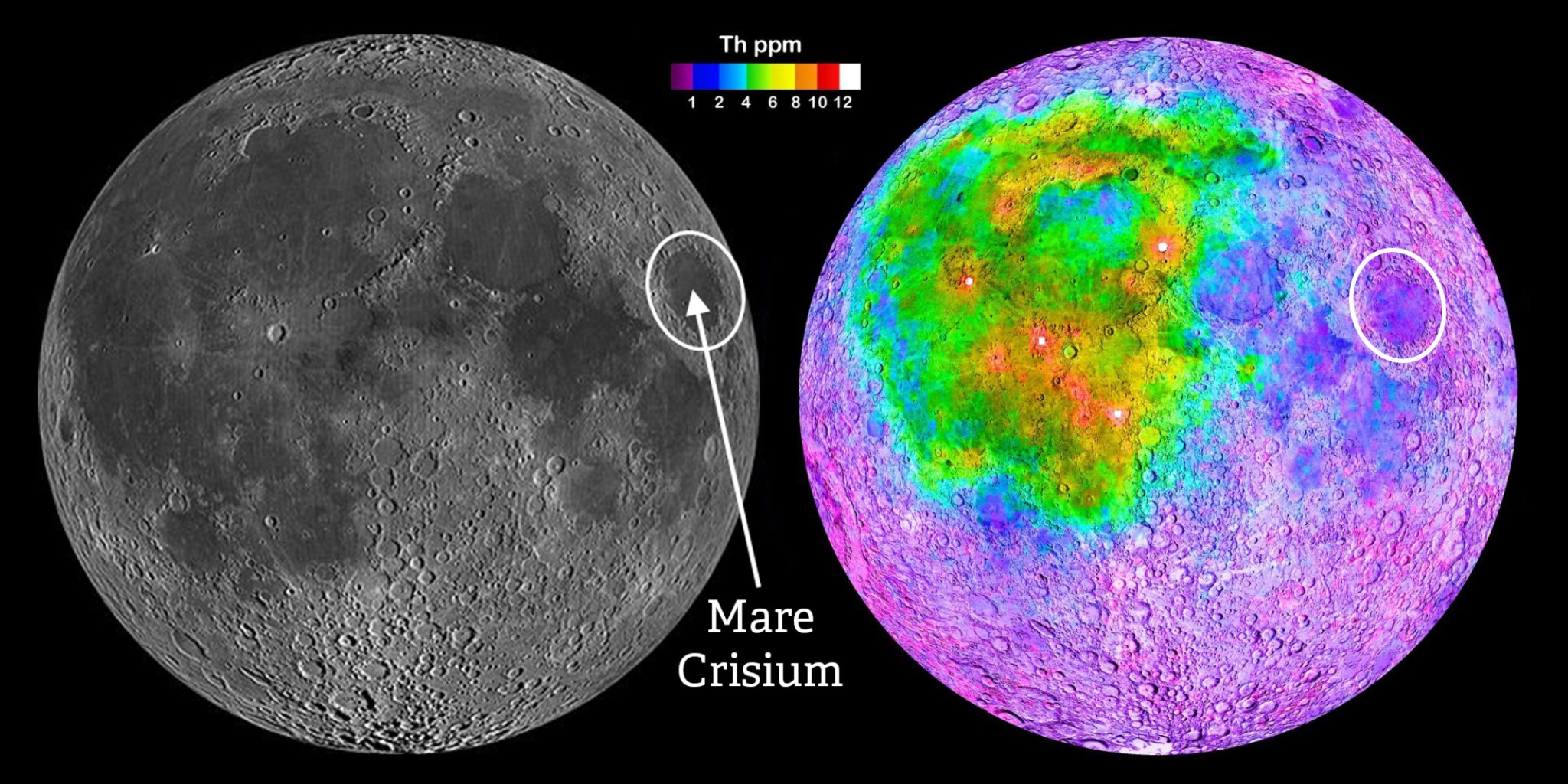JAXA (Japan Aerospace Exploration Agency) researchers examined the structures of four titanium-based compounds solidified in levitators in microgravity and on the ground and found that the internal microstructures were generally similar. These results could support development of new materials for use in space manufacturing.
To produce glass or metal alloys on Earth, raw materials are placed into a container and heated. But reactions between the container and the materials can cause imperfections. The JAXA Electrostatic Levitation Furnace can levitate, melt, and solidify materials without a container. The facility enables measurement of the thermophysical properties of high temperature melts and could accelerate development of innovative materials such as heat resistant ceramics for use in the aerospace and energy industries.
Satellite 3D imaging of a Peruvian tropical forest demonstrated that measuring leaf traits with remote sensing may provide more accurate predictions of biomass production than structure data such as tree height. Carbon stored or sequestered in forests can help offset emissions that cause climate change, and improved estimates of tropical forest biomass could allow researchers to better evaluate these ecosystems and their offset contributions.
Global Ecosystem Dynamics Investigation (GEDI) provides high-resolution global observations of Earth’s forests and topography. These observations provide information on carbon and water cycling processes, biodiversity, and habitat, including quantifying carbon stored in vegetation and the potential for future carbon storage. The researchers suggest that estimates of tropical forest biomass could be further improved with data from new satellite missions and by integrating GEDI with dynamic vegetation models that include trait data.
Learn more from this video and this article.
Research indicates that refractive eye surgery is safe, effective, and suitable for astronauts. The study documented stable vision in two astronauts who, a few years prior to flight, underwent photorefractive keratectomy (PRK) and laser-assisted in situ keratomileusis (LASIK), respectively. These visual correction procedures can reduce the logistical complications of wearing glasses or contact lenses in space.
International Space Station Medical Monitoring collects health data from crew members before, during, and after spaceflight. The medical evaluation requirements, including vision assessment, apply to all crew members and are part of efforts by all international partners to maintain crew health, ensure mission success, and enable crew members to return to normal life on Earth after their missions.
JAXA researchers report that accurately assessing the velocity of airflow in front of a spreading flame makes it possible to predict the flammability of thin, flat materials in microgravity. These results mean it could be possible to use ground tests to predict the flammability of solid materials and thus ensure fire safety in spacecraft and space habitations.
The JAXA Fundamental Research on International Standard of Fire Safety in Space – Base for Safety of Future Manned Missions (FLARE) investigation tested the flammability of various solid materials in different configurations, including filter paper. Microgravity significantly affects combustion phenomena such as the spread of flame over solid materials; while flames cannot spread over solid materials under low-speed oxygen flow in Earth’s gravity, they can in microgravity due to the lack of buoyancy. Testing of the flammability of materials for spacecraft previously has not considered the effect of gravity, and results from this investigation could address this issue, significantly improving fire safety on future exploration missions.
from NASA https://ift.tt/08xv71S






No comments:
Post a Comment